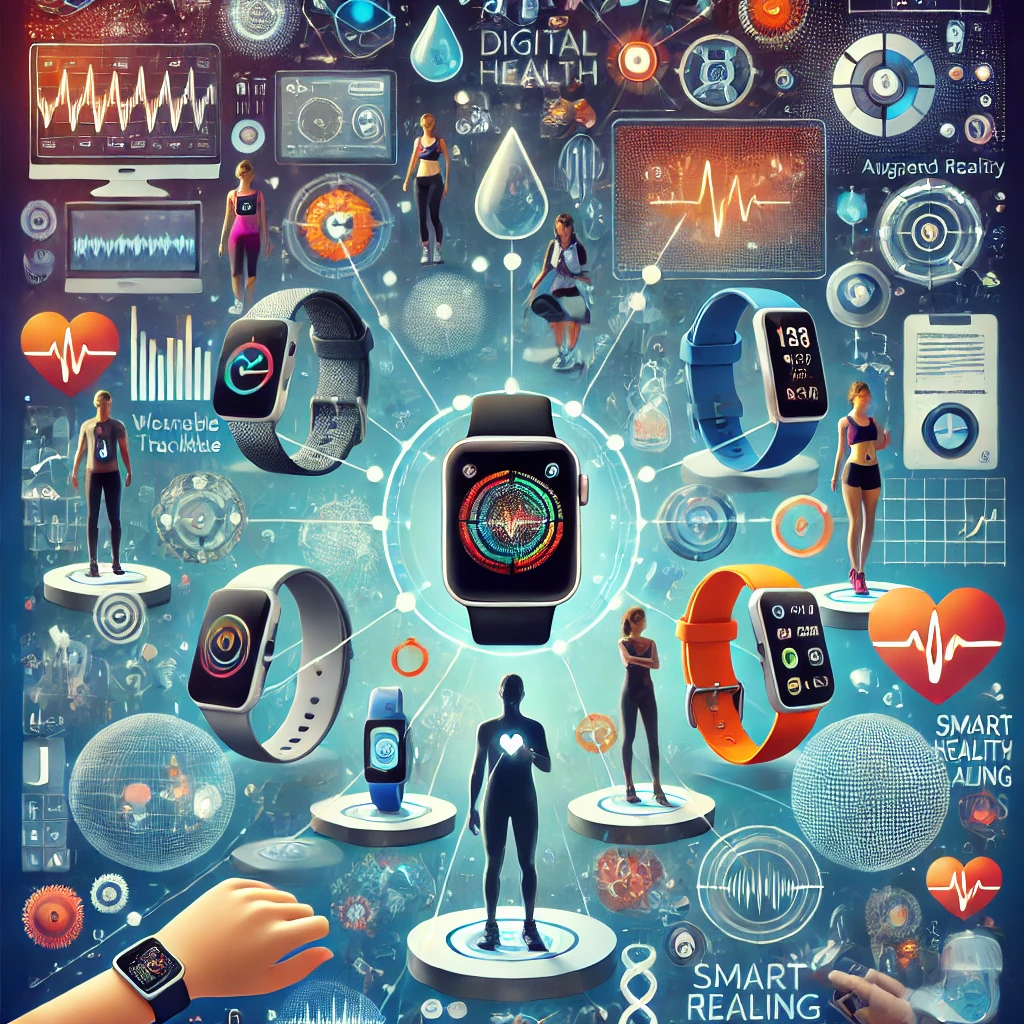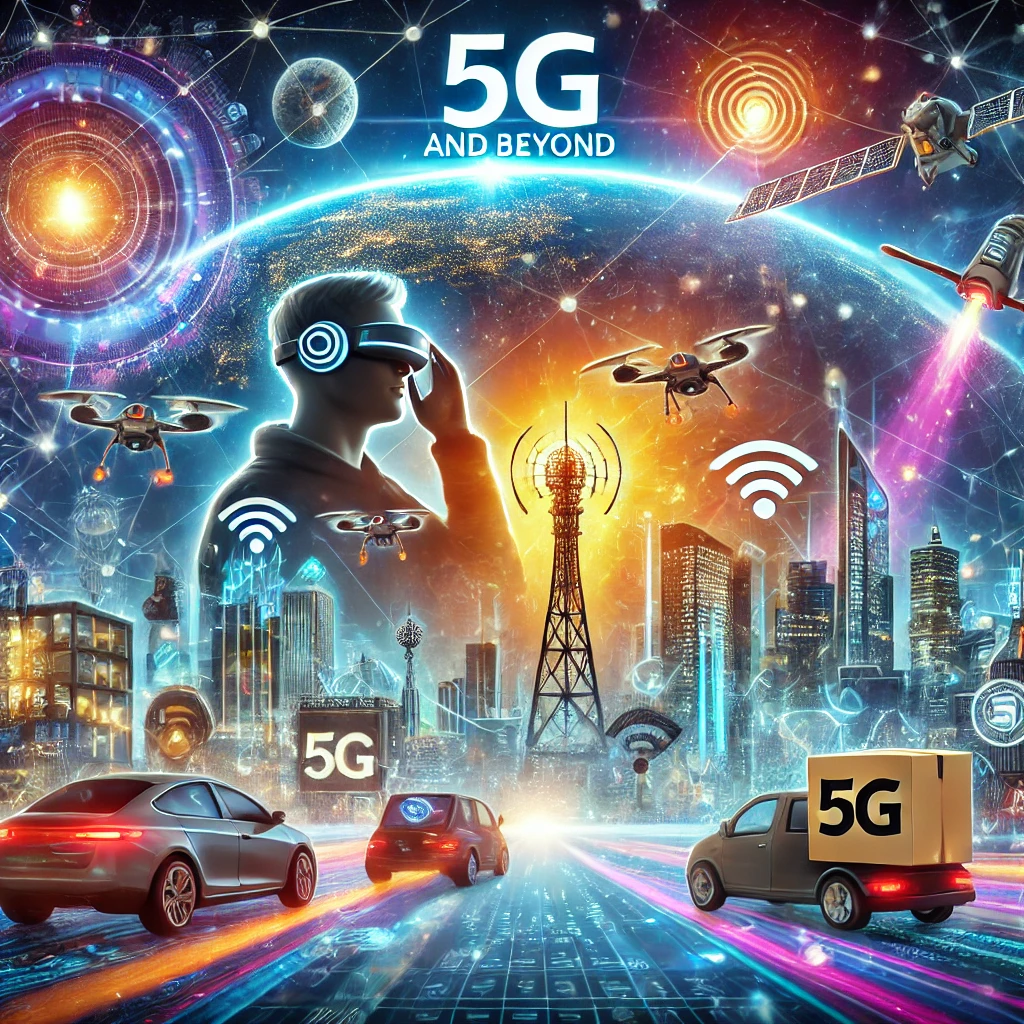Wearable technology has come a long way since its inception. Nowadays, these gadgets are changing the way we keep track of our health, stay fit, and use technology. From basic fitness bands to advanced medical equipment, wearable tech is transforming healthcare, fitness, and our everyday lives. Let’s delve into the significant impact and potential of wearable technology.
1. What is Wearable Technology?
Wearable technology includes smart gadgets worn on the body that gather, analyze, and share data. These devices are designed to fit seamlessly into our daily routines, offering real-time feedback and insights.
Key Features
- Sensors: Track physiological data like heart rate, steps, temperature, and oxygen levels.
- Connectivity: Use Bluetooth, Wi-Fi, or cellular networks to connect with smartphones, apps, and other devices.
- Data Analytics: Utilize algorithms to analyze data and provide actionable insights.
2. Evolution of Wearable Technology
A. Early Days
Wearable technology started with simple devices like pedometers in the 1960s, which counted steps.
B. The Fitness Boom
The launch of fitness trackers, such as Fitbit in 2009, was a major milestone. These devices made health monitoring more accessible and affordable.
C. Modern Innovations
Today’s wearable tech includes smartwatches, medical devices, AR glasses, and even smart clothing, offering diverse applications.
3. Wearable Technology in Fitness
Fitness trackers are now closely associated with wearable tech, helping users manage their physical health.
A. Popular Features
- Activity Tracking: Monitors steps, distance, and calories burned.
- Heart Rate Monitoring: Provides continuous heart rate data.
- Sleep Tracking: Analyzes sleep quality and patterns.
- GPS Integration: Tracks routes for runners and cyclists.
B. Benefits
- Encourages healthier lifestyles by tracking progress and setting goals.
- Offers personalized coaching through AI insights.
- Helps athletes improve performance with advanced metrics.
C. Popular Devices
Brands like Fitbit, Garmin, and Apple Watch lead the fitness wearable market.
4. Wearable Technology in Healthcare
Wearables are making significant strides in healthcare, aiding in early detection, monitoring, and management of chronic conditions.
A. Medical Devices
- Continuous Glucose Monitors (CGMs): Devices like Dexcom and FreeStyle Libre help diabetics monitor glucose levels in real-time.
- Heart Monitors: Devices like KardiaMobile detect arrhythmias and other heart conditions.
- Smart Hearing Aids: Advanced hearing aids from brands like Starkey offer noise cancellation and direct streaming.
B. Benefits for Patients and Providers
- Improves patient outcomes with real-time data for early intervention.
- Reduces hospital visits and medical costs through remote monitoring.
- Enhances communication between doctors and patients by sharing accurate health records.
C. Innovations in Development
- Wearable biosensors for cancer detection.
- Smart bandages that monitor wound healing.
- Brain-computer interface (BCI) devices for neurological rehabilitation.
5. Other Applications of Wearable Technology
A. Workplace Efficiency
- Smart Glasses: Devices like Google Glass and Microsoft HoloLens assist in training, remote collaboration, and enhancing productivity.
- Wearable Exoskeletons: Aid physical labor by reducing strain on the body.
B. Safety and Security
- Wearables for law enforcement and first responders offer real-time communication and location tracking.
- Devices with fall detection and emergency alerts provide peace of mind for seniors.
C. Everyday Convenience
- Smart rings, necklaces, and even clothing incorporate wearable tech into fashion.
- Contactless payment features are now common in smartwatches and fitness trackers.
- Challenges and Concerns
Wearable technology has significant potential, but it also comes with various challenges:
A. Data Privacy and Security
Wearable devices gather sensitive health information, leading to worries about data breaches and misuse. Companies must comply with privacy laws such as GDPR and HIPAA.
B. Accuracy and Reliability
Some wearables may not always provide accurate readings, which can undermine user confidence. Advancements in sensor technology are required to address these issues.
C. Cost and Accessibility
High-tech medical wearables can be quite expensive, making them inaccessible to many people. Reducing costs and expanding insurance coverage are essential for broader adoption.
D. Battery Life
Frequent recharging can be inconvenient, particularly for medical devices that need constant monitoring.
The Future of Wearable Technology
The future of wearables holds exciting possibilities as new innovations continue to emerge:
A. Integration with Artificial Intelligence
AI will improve data analysis, offering more personalized insights and recommendations. Predictive algorithms may identify potential health issues before symptoms appear.
B. Smart Fabrics and Invisible Wearables
Clothes with embedded sensors will allow for seamless monitoring without external devices. Transparent or ultra-light wearables will be less obtrusive.
C. 5G Connectivity
Faster and more reliable connections will enhance real-time monitoring and remote healthcare services.
D. Expansion into Mental Health
Wearables that track stress, mood, and cognitive function will become important tools for managing mental health.
Tips for Choosing the Right Wearable
If you’re thinking about getting a wearable device, consider these tips:
- Define Your Goals: Determine if you need the device for fitness tracking, medical monitoring, or convenience.
- Research Features: Compare devices based on battery life, connectivity, and accuracy.
- Check Compatibility: Ensure the device works with your existing smartphone or platform.
- Prioritize Security: Choose brands with strong data privacy policies.
Conclusion
Wearable technology has made significant progress, evolving from basic fitness trackers to sophisticated medical devices that can save lives. With ongoing innovation, wearables are poised to become even more integral to our daily lives, offering solutions for fitness, healthcare, safety, and more. As these devices become smarter and more accessible, they have the potential to empower individuals and transform industries, making wearable technology a key component of the digital age.


